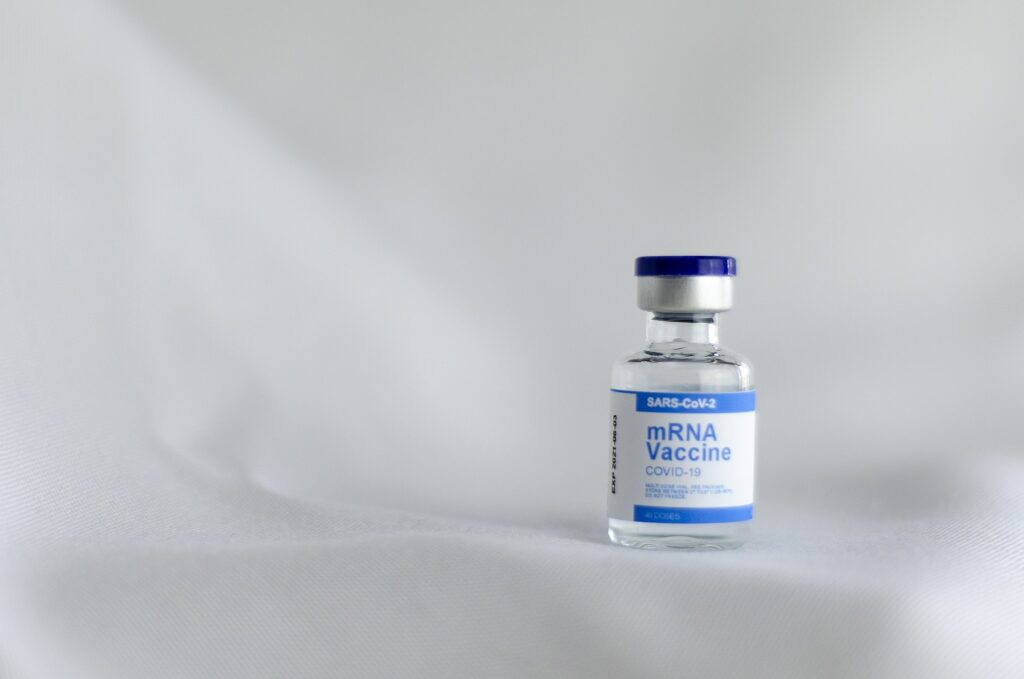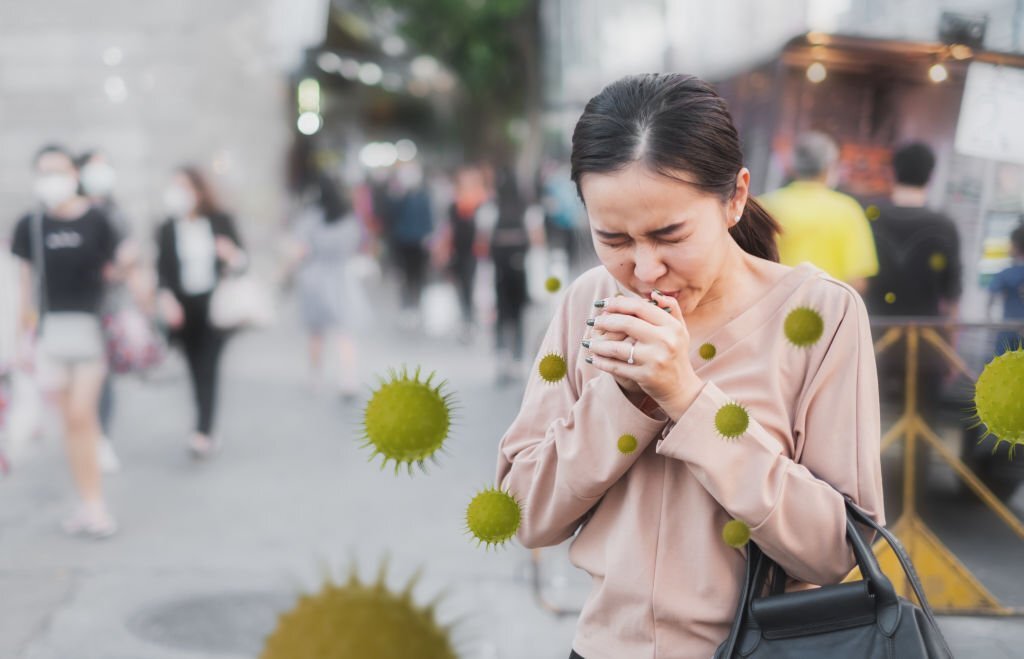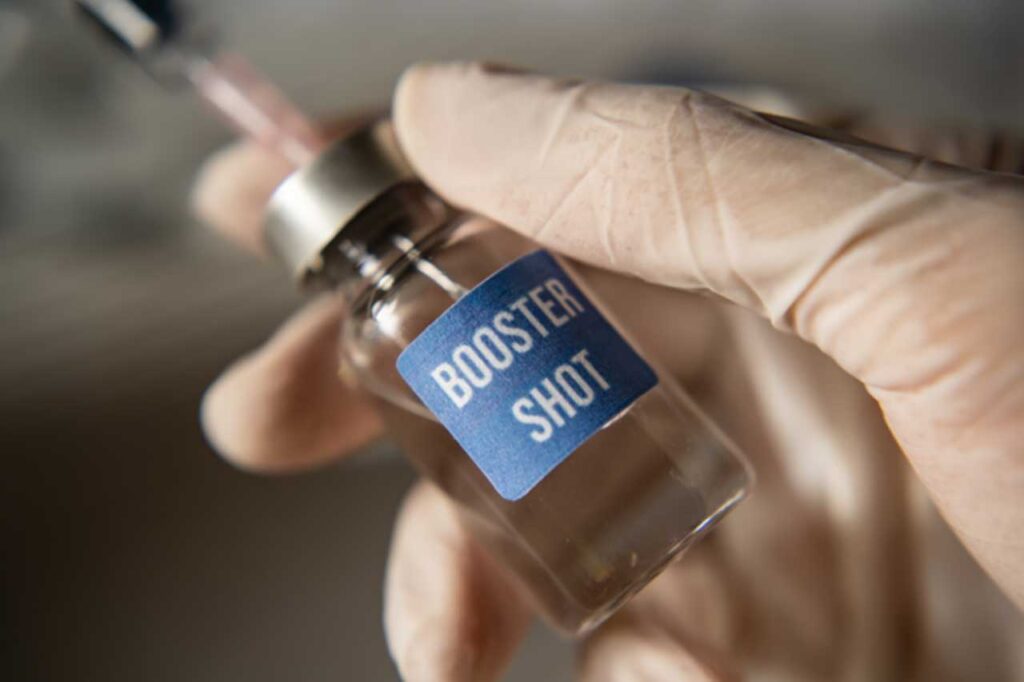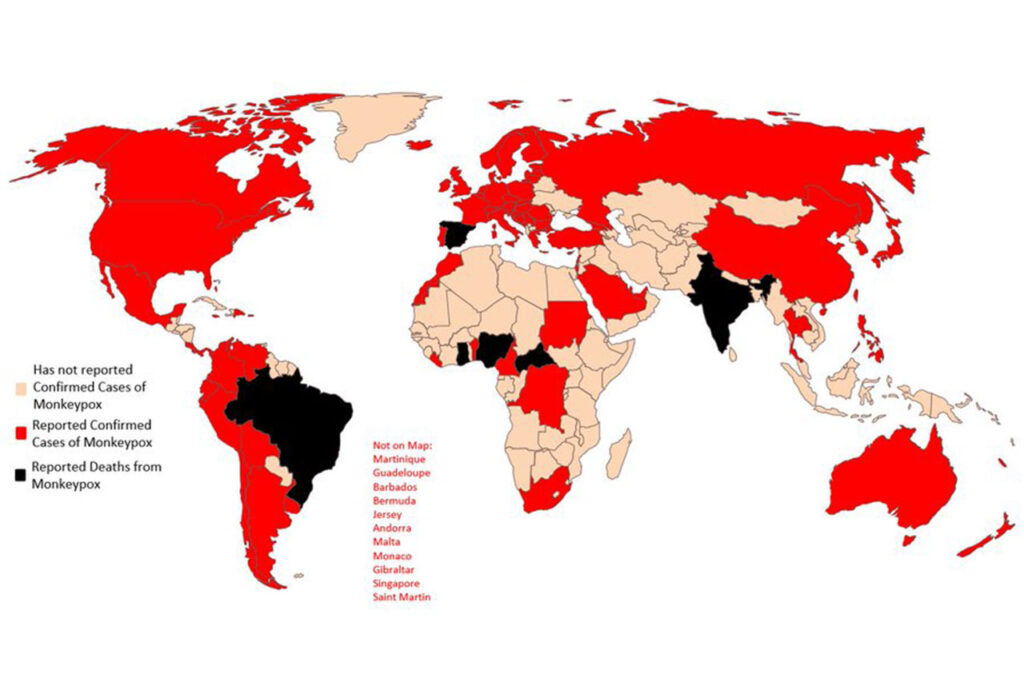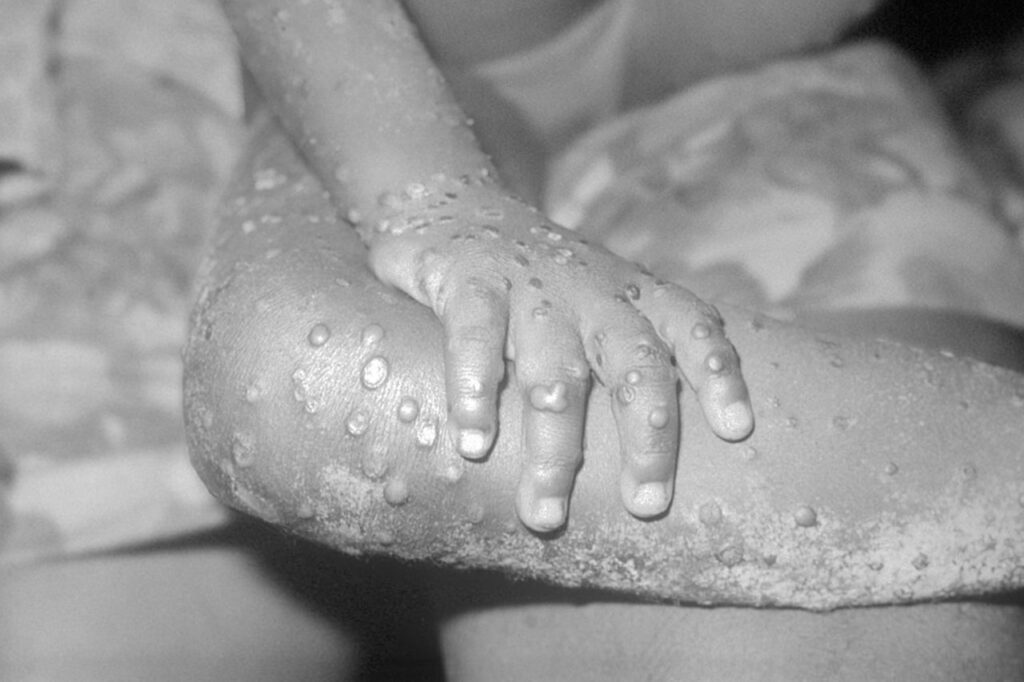WHO expands mRNA facilities to South Africa; The latest health stories from around the world
Article by Lalita Panicker, Consulting Editor, Views and Editor, Insight, Hindustan Times, New Delhi The World Health Organization (WHO) on Thursday launched its mRNA vaccine technology hub in South Africa’s Cape Town, to help poorer countries struggling to gain access to life-saving medication. www.reuters.com/business/healthcare-pharmaceuticals/who-officially-launches-mrna-vaccine-hub-cape-town-2023-04-20/ In 2021, the WHO picked South African biotech firm Afrigen Biologics …

